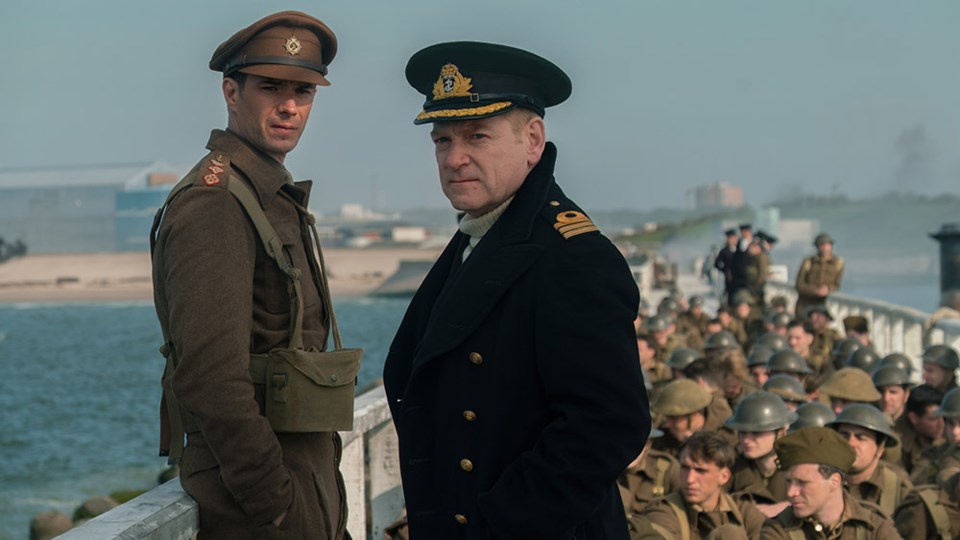REVIEW
Dunkirk
Stars: 4.0
Starring Fionn Whitehead, Tom Glynn-Carney, Jack Lowden, Harry Styles, Aneurin Barnard, James D’Arcy, Barry Keoghan, Kenneth Branagh, Cillian Murphy, Mark Rylance, and Tom Hardy
Written and Directed by Christopher Nolan
Rated: PG for coarse language and violence
Runtime: 106 minutes
Dunkirk screens on Mon., Feb. 26 at 7 p.m. at the Arden Theatre as part of the St. Albert Public Library’s Reel Mondays fundraiser. All proceeds go towards producing the St. Albert Readers’ Festival, also known as STARFest.
Tickets are $20 for each screening or $65 for a season ticket for all five movies. They can be purchased at the customer service desk at the library. Call 780-459-1530 or visit www.sapl.ca for more information.
War films have difficult subject matter often based on true accounts but they are otherwise easy films to succeed with. Think about it: it’s good guys versus the bad guys. There are often colossal odds for the heroes to fight against. A director doesn’t have to be a rocket scientist to make a story like this work on screen, as long as the audience is sympathetic to the protagonists. Artistry is not demanded, generally speaking.
That’s why it’s great that Christopher Nolan took up the cause with his latest film, Dunkirk. One of the rules of cinema is that every major battle in a war must have its own film eventually. I’m no war scholar, which is why I had never heard of the Battle of Dunkirk in northern France in 1940. Hundreds of thousands of British and French Allied soldiers were stranded, cut off from the rest of the army by advancing German forces. Churchill ordered any available sea vessel, even small personal watercraft, to move in and evacuate as many as they could.
In the movie, we see a father and son being told by the Royal Navy to load up their fishing boat with life-jackets before handing over the keys so that a sailor can take it into the fray. Instead, the fishermen take the loaded boat themselves and set out to help, travelling hundreds of miles across the English Channel where there is still much fighting. They were just one of more than 900 vessels that made the perilous journey as submarines, warships, and fighter planes kept the war as close as possible.
That’s one of the ways that Nolan made this film more interesting artistically. We see everything from land, sea and air, even putting us right in the cockpit of British Spitfires. True to Nolan form, it’s so well done that I’m pretty sure that he had trained actors flying ancient planes, shooting at each other, and crashing into the drink. The torpedoes slam into the warships, and we watch them sink with people throwing themselves overboard, while others are stuck inside fighting to get out. Titanic’s sinking seems like a grade school stage production by comparison.
What’s more than all that mastery of his cinematic techniques is that Nolan also tells us this harrowing story with as little dialogue as possible. The actions, the facial expressions and the sense of the plot are practically all that are needed for we viewers to know the full dramatic weight of what transpires. It’s very effective too, making this one of the most well-made war movies I’ve ever seen, and I’ve seen many.
One word to the wise: gunshots and explosions are loud and startling. Nolan makes his films realistic. Since there’s so little dialogue, maybe consider earplugs if you have sensitive ears.




